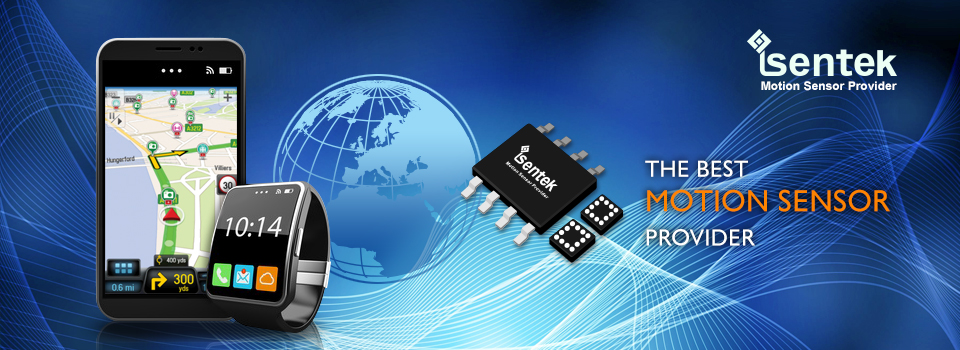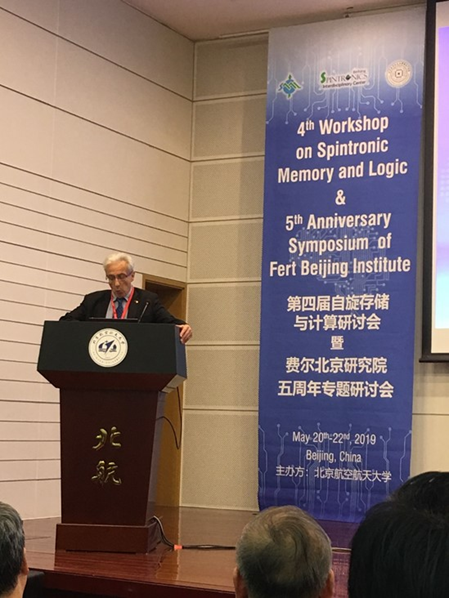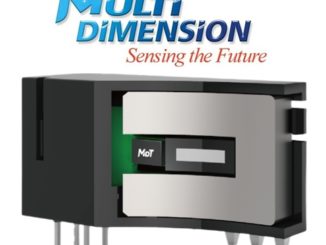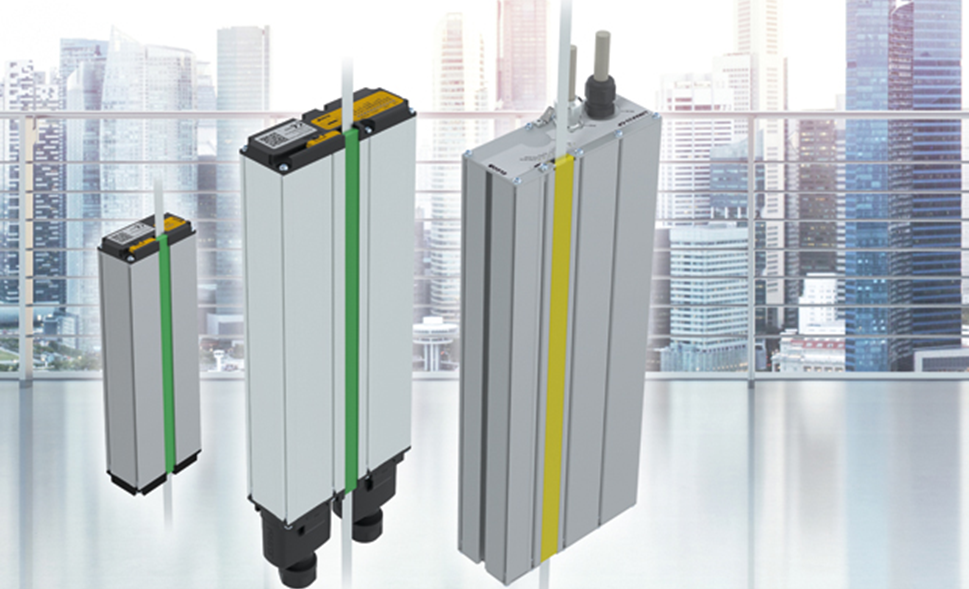
Magnetic-based sensing plays a crucial role in modern technology driven by rapid development in areas such as heading information for navigation, angle sensing, current sensing and leakage sensing for the electric vehicle and smart grid. Getting more functionality on the chip is paramount, says Max Lai, head of motion-sensing company iSentek.
Advanced application requires high sensitivity, wide dynamic range, low power consumption, high temperature stability and compact size, Lai, CEO of Taiwan-based iSentek. In a recent presentation in Beijing, Lai outlined some of his company’s latest advancements in tunnel magnetoresistance (TMR) sensing, focused on integrating more TMR elements into a single chip.

“Conventionally, the TMR sensor has been made by the multiple chips design, even for the single sensing direction, as there are multiple pining directions,” said Lai. “This makes the compact size and the orthogonality become very challenging.”
Now iSentek has the core technologies to build full Wheatstone bridge with integrating TMR elements into one chip, said Lai. “We can integrate multiple directional pinned TMR element into one chip or using single pining direction TMR element to build full Wheatstone bridges for multiple direction sensing. The core technologies solve the traditional challenges of TMR, which will make it ubiquitous for the coming advanced applications.”
A fabless semiconductor company headquartered in New Taipei City, iSentek has core technologies in sensing and microelectronics manufacturing. Key members of the firm came from the team which first commercialized magneto-impedance technology, says the company, which serves manufacturers of mobile phones and other consumer electronics applications.
The company’s three-axis magnetometers use anisotropic magneto resistance (AMR) technology for high spatial resolution, high precision and low power consumption performance. They are calibration free after strong magnetic interference by ultra-low hysteresis magnetic flux bending technology. Two-directional magnetic setting enables high accuracy measurement of magnetic vector variation in 3- dimensional space. They support mainstream mobile phone operating systems and provide driver containing tilt, triaxle crosstalk, temperature, and hard/soft iron compensation functions.
Lai spoke at the 4th Workshop on Spintronics Memory & Logic and the 5th Anniversary Symposium of Fert Beijing Research Institute held in May at Beihang University in Beijing. The event focused on new type of spintronic devices such as magnetic tunnel junctions with interfacial perpendicular magnetic anisotropy, electric-field-controlled magnetic anisotropy and multi-layered magnetic materials.
For more info see www.isentek.com.



